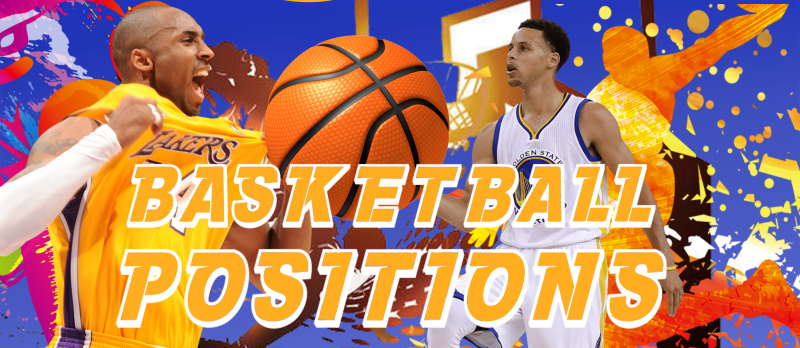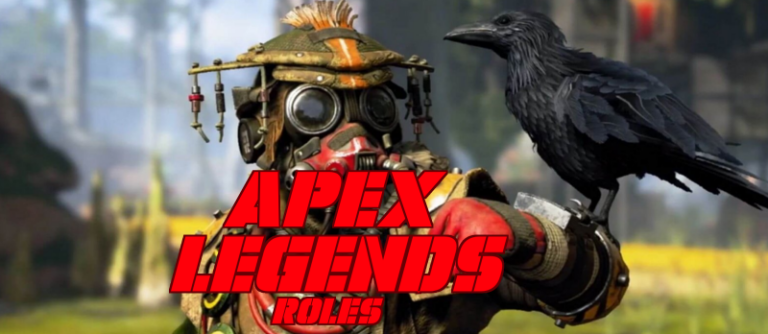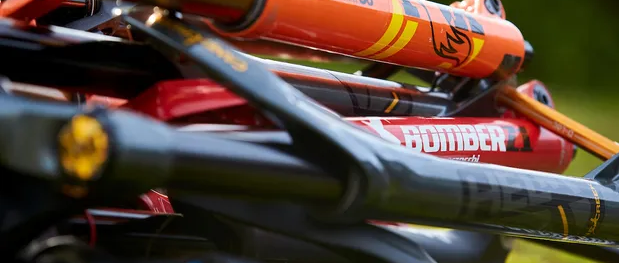Basketball Positions – Understanding Roles on the Court
In the realm of basketball, understanding the intricacies of player basketball positions is paramount to unlocking the full potential of team strategy and gameplay. In this exploration, we delve into the significance of basketball positions, uncovering their vital role in shaping team dynamics and fostering success on the court.

Introducing the Topic of Basketball Positions
Basketball positions serve as the foundation upon which team strategy and gameplay are built. From point guards to centers, each basketball position carries distinct responsibilities and contributes uniquely to the team’s overall performance. Understanding these positions is essential for coaches and players alike, as they dictate player roles, offensive and defensive schemes, and overall team chemistry. Similarly, grasping the intricacies of games like Teen Patti Stars can greatly enhance a player’s strategic approach and enjoyment in the gaming world.
Exploring Guard Positions in Basketball
In the dynamic world of basketball, the roles and responsibilities of players are delineated by their respective Basketball Positions. Guards, often regarded as the playmakers of the team, occupy key positions on the court and play a pivotal role in orchestrating offensive plays and defending against opposing threats. In this comprehensive guide, we delve into the various guard positions in basketball, examining their unique attributes and contributions to team success.
Point Guard Position
The point guard, often referred to as the floor general, serves as the primary ball-handler and decision-maker on the court. This Basketball Position demands exceptional court vision, ball-handling skills, and basketball IQ. Let’s explore the key characteristics and responsibilities of the point guard position in basketball.
- Ball Handling: Point guards are adept at dribbling and passing, facilitating offensive plays and creating scoring opportunities for teammates.
- Playmaking: The point guard is responsible for initiating the team’s offense, directing players, and orchestrating plays to exploit defensive weaknesses.
- Defensive Awareness: Despite their offensive focus, point guards must also excel defensively, applying pressure on opposing ball-handlers and disrupting passing lanes.
The role of the point guard is central to the success of any basketball team. Whether you aspire to play this basketball position or simply wish to deepen your understanding of the game, studying the attributes and responsibilities of the point guard is essential.
Shooting Guard Position
The shooting guard, also known as the off-guard or two-guard, specializes in scoring points through a variety of offensive maneuvers. This Basketball Position requires a potent combination of shooting accuracy, agility, and defensive prowess. Let’s delve into the role and responsibilities of the shooting guard in basketball.
- Scoring Ability: Shooting guards excel at shooting from long range, driving to the basket, and finishing plays in traffic, providing offensive firepower for their teams.
- Off-Ball Movement: Effective shooting guards constantly move without the ball, utilizing screens and cuts to find open shooting opportunities and create space for teammates.
- Defensive Versatility: While scoring is their primary focus, shooting guards must also contribute defensively, guarding opposing perimeter players and contesting shots.
In conclusion, guard positions play a vital role in shaping the identity and success of a basketball team. From the playmaking prowess of the point guard to the scoring prowess of the shooting guard, each Basketball Position brings its own unique contributions to the game. By studying the roles and responsibilities of guards, players and fans alike can gain a deeper understanding of the intricacies of basketball and the artistry of teamwork. So, whether you find yourself handling the ball at the top of the key or draining three-pointers from the wing, embrace the essence of guard play and enjoy the thrilling spectacle of basketball.
Exploring Forward Positions in Basketball
In the realm of basketball, the strategic deployment of players into various Basketball Positions is crucial for team success. Forwards, occupying key roles on both offense and defense, bring versatility and athleticism to the court. In this comprehensive guide, we delve into the intricacies of forward positions in basketball, examining their responsibilities, playing styles, and contributions to team dynamics.
Small Forward Position
The small forward, often referred to as the “3” position, embodies a blend of athleticism, skill, and versatility. This Basketball Position plays a vital role in both offensive and defensive schemes, contributing in various facets of the game. Let’s explore the key characteristics and responsibilities of the small forward position in basketball.
- Scoring and Playmaking: Small forwards possess the ability to score from various positions on the court, whether driving to the basket, shooting from mid-range, or hitting three-pointers. Additionally, they often serve as secondary playmakers, facilitating ball movement and creating scoring opportunities for teammates.
- Defensive Versatility: On the defensive end, small forwards are tasked with guarding opposing wing players, utilizing their length, agility, and defensive instincts to disrupt passing lanes and contest shots.
- Rebounding: Despite their relatively smaller stature compared to power forwards and centers, small forwards are expected to contribute to rebounding efforts, securing possessions and initiating fast breaks.
Power Forward Position
The power forward, commonly known as the “4” position, combines physicality with skill to excel in both interior and perimeter play. This Basketball Position serves as a linchpin in the team’s frontcourt, providing scoring, rebounding, and defensive presence. Let’s delve into the role and responsibilities of the power forward in basketball.
- Scoring in the Paint: Power forwards thrive in the low post, utilizing their size and strength to score through post moves, putbacks, and offensive rebounds. Additionally, they possess the ability to stretch the floor with mid-range jumpers and occasionally three-point shooting.
- Rebounding Dominance: As one of the primary rebounders on the team, power forwards excel at securing both offensive and defensive rebounds, providing second-chance scoring opportunities and limiting opponents’ scoring opportunities.
- Defensive Anchoring: Defensively, power forwards are tasked with guarding opposing big men in the paint while also possessing the agility to defend perimeter players effectively. Their defensive versatility allows them to switch on screens and protect the rim.
In conclusion, forward positions play a pivotal role in shaping the identity and success of a basketball team. Whether it’s the versatility of the small forward or the physicality of the power forward, each Basketball Position brings its own unique contributions to the game. By studying the roles and responsibilities of forwards, players and fans alike can gain a deeper understanding of the intricacies of basketball and the artistry of team play. So, whether you find yourself slashing to the basket as a small forward or battling in the paint as a power forward, embrace the essence of forward play and enjoy the thrilling spectacle of basketball.
Unraveling the Role of the Center Position in Basketball
In the realm of basketball, the center position holds a position of prominence, serving as a linchpin in both offensive and defensive strategies. With their towering stature and commanding presence, centers play a pivotal role in controlling the paint, securing rebounds, and protecting the rim. In this comprehensive guide, we delve into the nuances of the center position in basketball, exploring its responsibilities, playing style, and impact on team dynamics.
Responsibilities of the Center Position
The center, often denoted as the “5” position, is tasked with anchoring the team’s defense while providing a formidable presence in the paint. This Basketball Position assumes a diverse range of responsibilities, from scoring in the post to altering shots on defense. Let’s examine the key characteristics and duties of the center position in basketball.
- Interior Scoring: Centers excel at scoring close to the basket, utilizing their size and strength to overpower defenders and finish through contact. Post moves such as hook shots, drop steps, and dunks are staples of a center’s offensive repertoire.
- Rebounding Dominance: As one of the primary rebounders on the team, centers play a crucial role in securing both offensive and defensive rebounds, providing second-chance scoring opportunities and limiting opponents’ scoring chances.
- Rim Protection: Defensively, centers serve as the last line of defense, using their shot-blocking ability to deter opponents from driving to the basket and altering shots in the paint. Their presence in the lane forces opposing players to reconsider their shot selection and facilitates defensive rotations.
By gaining a deeper understanding of the responsibilities associated with the center position, basketball enthusiasts can develop a greater appreciation for the strategic importance of frontcourt play and defensive prowess.
You know what’s equally as fun— Teen Patti! Click this link to start your Teen Patti Journey!
Offensive and Defensive Strategies of this basketball position
Centers play a pivotal role in shaping both offensive and defensive strategies, leveraging their unique skill set to influence the flow of the game. Understanding Basketball Position requires insight into the offensive and defensive strategies employed by centers to maximize their impact on the court.
- Offensive Presence: Centers serve as focal points of the offense, demanding attention from opposing defenders and creating scoring opportunities for teammates through screens, handoffs, and post-ups. Their ability to command double teams opens up space for perimeter shooters and cutters.
- Defensive Anchoring: Defensively, centers anchor the team’s interior defense, communicating with teammates, providing help defense, and contesting shots in the paint. Their presence in the lane serves as a deterrent to opposing players driving to the basket and facilitates defensive rotations to cover open shooters.
- Pick-and-Roll Defense: Centers must excel at defending the pick-and-roll, a common offensive strategy designed to create mismatches and scoring opportunities. By effectively hedging screens and recovering to protect the rim, centers can disrupt the flow of the opposing team’s offense and force turnovers.+
As you delve into the intricacies of the center position, take the opportunity to analyze the offensive and defensive strategies employed by centers to influence the outcome of basketball games. Learn more about sports at 3 Patting!
In conclusion, the center position occupies a central role in the fabric of basketball, serving as a pillar of strength and stability for the team. Whether dominating the paint with scoring prowess or anchoring the defense with shot-blocking ability, centers embody the essence of Basketball Position. By understanding the responsibilities and strategies associated with the center position, players and fans alike can gain a deeper appreciation for the intricacies of basketball and the indispensable role played by centers in shaping the outcome of games. So, whether you find yourself patrolling the paint as a center or admiring the play of dominant big men, embrace the essence of center play and revel in the captivating spectacle of basketball.







